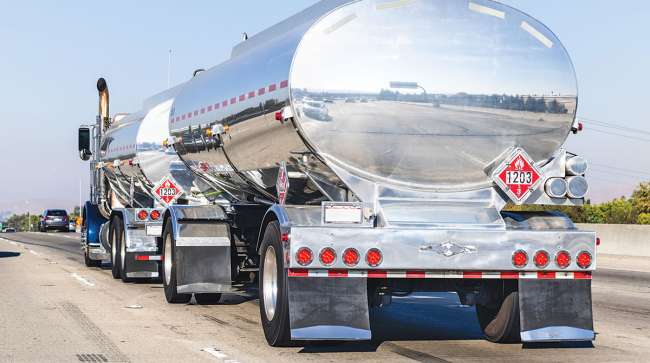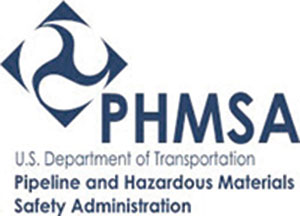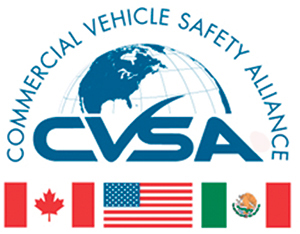Senior Reporter
Commenters Favor Electronic Hazmat Documents

[Stay on top of transportation news: Get TTNews in your inbox.]
There appears to be significant support from hazardous materials carriers, inspectors and first responders for regulators to continue the transition from paper shipping and other hazmat documents to an electronic alternative.
But there are concerns, as mentioned in a variety of written comments, summed up by one tech expert who noted, “The devil will be in the details.”
Two trucking trade groups, American Trucking Associations and National Tank Truck Carriers, led the way in voicing support for a proposed plan by the Pipeline and Hazardous Materials Safety Administration to transition hazmat documents from paper to electronic form.

“NTTC and ATA believe that developmental and deployment costs would be well worth the safety and efficiency benefits allowing for trucking companies the option to utilize electronic shipping papers,” the two trade groups wrote in a joint comment. “Cost savings are immediate by reducing the amount of paperwork that is required to print. A single shipment of hazardous materials bill of lading and emergency response information is currently printed on multiple pages that could easily exceed 20 pages.”
The two trade organizations noted that a project report by the Volpe National Transportation Systems Center supported development and implementation of electronic hazard communication systems for transmitting shipping document information. However, the Volpe report identified concerns with internet connectivity in rural areas where electronic transmission of hazard communication information might not be reliably available in all places at all times.
“In areas with known internet connectivity issues, carriers might need to provide alternative or redundant methods of hazard communication (in addition to the vehicle placards) to ensure that first responders have adequate information in an emergency,” ATA and NTTC wrote. “These issues, while realistic and critical, are not insurmountable.”

The Commercial Vehicle Safety Alliance also said it supports the transition to electronic hazard communications, but also underscored other commenters who had concerns with connectivity.
“Many CVSA members work in rural areas with poor cell and internet service,” CVSA wrote. “Relying solely on cell and/or internet connectivity poses a significant barrier in these areas. A technology, like Bluetooth or blockchain, that can store the information on the vehicle is more reliable in these areas. A backup or alternative method would be a best practice so the information can be retrieved 100% of the time.”
In fiscal 2021, CVSA said its inspectors completed 2.8 million inspections, including 171,915 hazmat inspections, and 169 hazmat investigation reviews.
The Indianapolis-based Scopelitis, Garvin, Light, Hanson & Feary submitted comments on behalf of numerous transportation companies, which the firm said collectively transport over 5.5 million hazardous materials annually.
The law firm said the hazmat transfer plan should be “an alternative to, but not a mandated replacement for, paper versions.”
“There is considerable reason to believe that electronic systems can be as safe and effective as paper-based versions, and a rulemaking should promote flexibility by allowing the use of both options,” the law firm wrote.
Scopelitis added, “The modal administrations within the U.S. Department of Transportation have authorized a move from paper-based systems to electronic forms in many areas. Although there may have been concerns and challenges with each transition, the electronic option has generally proven equally, if not more, workable.”
Nick Wright of Olathe, Kan., a certified hazmat inspector, commented, “It seems to me a hard copy of the documents simply can’t be beat. But in direct sunlight, it’s very difficult to read and share documents on a screen. For example, reading an electronic logging device is very difficult when it’s sunny. Having to zoom in and scroll all around a screen to review the document is not easy.”
Want more news? Listen to today's daily briefing above or go here for more info
“In a nutshell, I have concerns with availability, readability, accessibility, training needs for truck drivers and trucking companies, cellphone coverage, etc.,” Wright added.
Jameson Wendell, a Collegeville, Pa.-based emergency preparedness response manager, called the electronic document plan “a great idea,” but added, “I am concerned that vendors will all have their own version of a system and that accessing those systems will not be intuitive to the first responder.”
There was also this from the Oregon Department of Transportation: “We have concerns regarding electronic device technology, including battery life, readability of the information based on device screen size, and network connectivity and signal strength.”



